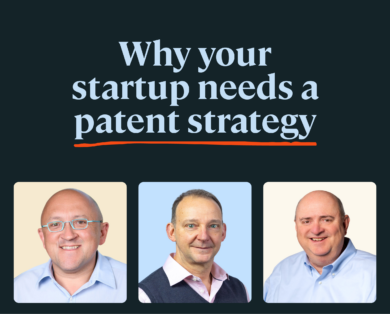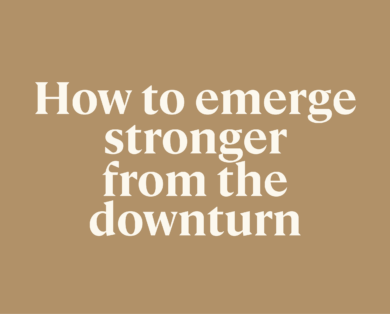- 24 July, 2024
An entrepreneur I met earlier this week asked lots of insightful questions about how we work as a team at Balderton.
I think he was driven partly by personal curiosity, but also by (smartly) trying to figure out how to derive the most value from any potential relationship with us or another investor.
What I realised when I walked away was that most of my answers boiled down, fundamentally, to the fact that Balderton is run as an equal partnership. My conversation with this entrepreneur got me thinking on just how much I like this fact.
What is an Equal Partnership in VC?
An equal partnership in VC is exactly what it sounds like. All of the partners (in our case there are five of us) equally own the firm, and therefore have the same say in any decision and enjoy (or not enjoy depending on performance!) the same economics regardless of the company invested in, regardless of which of us found or lead the deal, and who sits on the board etc.
Apart from first-time firms, which sometimes start equal and then change over time, Equal Partnerships are relatively rare in VC. The most famous case probably being Benchmark Capital in the Bay Area. Benchmark, by any measure, is one of the greatest venture capital firms of the last twenty years and Balderton started as a sister firm of Benchmark, so it isn’t surprising that we were originally set up as an equal partnership. The structure has endured now for around 15 years, surviving multiple generations of partners, and the eventual split from Benchmark itself.
But, I hear you ask, why should an entrepreneur care about whether their investor runs an equal partnership?
1) Better Diligence
While we all see lots of companies on our own, once we start to take a potential investment seriously we work like a pack. The dynamic of an equal partnership ensures that there’s no ego around who did the deal or who will ‘own’ it.
Example: Recently my partner Tim found a fascinating company in the Know Your Customer (KYC) space. His background in banking means he has a better grasp on the commercial value attached to this problem, and how to position and sell it, so he met with them first. It soon became obvious, however, that the company’s approach depended on unique technology based on probabilistic analysis — an area that I know well from my background as an engineer — and so he looped me in. Together we came to a better answer than we would’ve done on our own.
Maybe you think it would be better to hoodwink a less knowledgeable VC into a deal, but I would disagree: if you set up a fundamental misunderstanding at an early stage, it will only grow. You want your investors to have done the best possible diligence and believe in the company as strongly as you do.
2) No Funding Politics
Let’s say there is a hypothetical fund that runs as an unequal partnership, and they have just recruited two, new ‘junior’ partners. Due to the nature of the fund, both are effectively competing to get a bigger slice of the pie and due to unequal partnership dynamics, they get more carry (=money!) if their deal does well. Let’s say your company gets invested in by one of these guys. Unfortunately, things go wrong and you need emergency funding. To be clear, every partner in the firm loses out if the company goes under, but note that the junior partner who did not lead the deal a) loses less than the rival who did do the deal and, b) may help stymie their rival’s progress as doing so perhaps improves their own (relative) position.
Ah, politics. With an equal partnership, you know what you’re getting. Everyone is the same. Everyone voted for the deal or agreed to do it. If one investor ever blocks something that may have helped another, it’s because they genuinely think it’s a bad idea and, as painful as that might be at the time, it’s probably the right thing to happen.
3) Better Support
Start-ups take time. The average successful company is often in the portfolio of an early stage VC for around eight years. In that time, you will confront different kinds of problems. If all the partners in your VC are equally incentivized, you can call on different people at different times to get the help or attention you think you need.
Trying to scale enterprise sales and build the right incentive plan?
Talk to my partner Bernard, who did this at Business Objects from 0 to a $6.8BN exit to SAP.
Trying to understand what to focus on first when building an eCommerce fulfilment process and facility? Talk to my partner Mark, who was on the Board when Yoox did it. And The Hut. And at Worldstores. And at Lyst. And more.
Thinking of taking your company public?
Talk to… You get the idea. A start-up needs a team and an equal partnership delivers not just one partner, but a team of partners.
There are some potential downsides to Equal Partnerships (perhaps a topic for another day) but they are mainly associated with the firm itself, and how it has to manage itself and its processes. From an entrepreneur’s perspective, I’m yet to find a reason to fault it.
 SURANGA CHANDRATILLAKE
SURANGA CHANDRATILLAKE 









